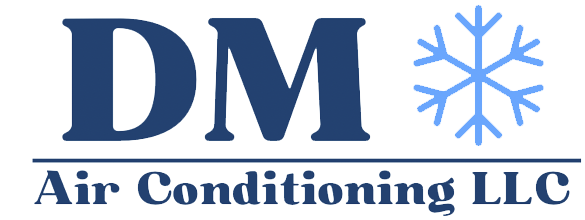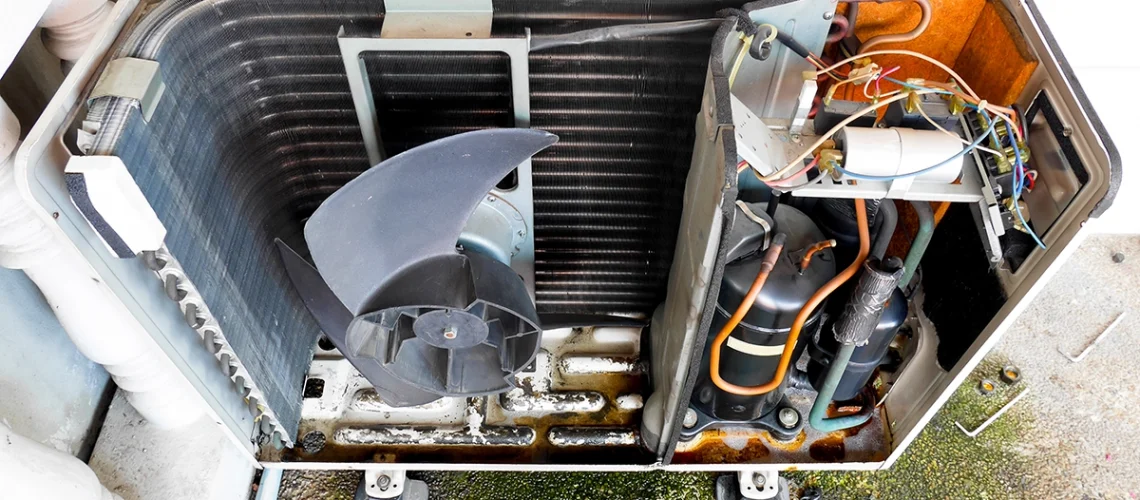Living in Boca Raton means you rely on your air conditioning system for most of the year. Whether it’s a humid July afternoon or a surprisingly warm November day, your AC keeps you comfortable. But when something goes wrong, most people aren’t sure what’s happening inside the unit. One of the most common questions we get is: what are the parts of air conditioning system equipment that actually keep my house cool?
So, let’s break it down. Here are the essential parts of your system—and what each one does.
The Key Parts of Air Conditioning System Operation
Every central air conditioning system has a few critical components. They each play a unique role, and they all need to work together. If one fails, the whole system suffers. Understanding the basics can help you spot early warning signs before a minor issue becomes a major repair.
1. The Thermostat: Your System’s Brain
The thermostat might seem simple, but it’s the control center. It tells your AC when to turn on and off. Many of our customers upgrade to smart thermostats for better control and efficiency. If your AC won’t kick on—or won’t shut off—the thermostat could be the culprit.
2. The Compressor: Power Behind the Cooling
This is one of the most important parts of air conditioning system performance. Located in the outdoor unit, the compressor pressurizes the refrigerant and sends it through the system. If it fails, your AC won’t cool at all. We’ve replaced quite a few compressors across Palm Beach, Broward, and St. Lucie counties—especially after long, hot Florida summers.
3. The Condenser Coil: Releasing the Heat
The condenser coil, also in the outdoor unit, helps release the heat from your home into the outdoor air. When it’s dirty or clogged, your system has to work harder, which can raise your energy bills. That’s why we always recommend seasonal maintenance, especially before the peak summer months.
4. The Evaporator Coil: Cooling the Air
Inside your home, the evaporator coil is what actually cools the air. As warm air passes over this coil, the refrigerant inside absorbs the heat. If the coil freezes or leaks, you’ll notice your AC blowing warm or weak airflow.
Knowing These Parts of Air an Conditioning System Helps You Spot Trouble
When you understand the main parts of air conditioning system operation, you’re better prepared to notice early signs of failure. If the system is blowing warm air, making strange noises, or cycling on and off too often, it’s likely that one of these core parts is struggling.
5. The Air Handler and Blower Fan: Moving Air Through Your Home
This indoor component is what circulates cooled air through your ducts and into your rooms. If your home feels stuffy or the airflow is weak, the blower motor might need cleaning or repair. In many of the older homes we service, aging blower fans are a common issue.
6. The Refrigerant Lines: Circulating the Cool
Refrigerant lines run between your indoor and outdoor units, carrying refrigerant back and forth. If there’s a leak, your AC will lose cooling power. Worse, it can strain other parts of air conditioning system performance—especially the compressor. We’ve fixed countless refrigerant leaks for local homeowners during mid-summer emergencies.
7. The Filter: Protecting Your System and Air Quality
We can’t stress this enough—changing your air filter regularly makes a huge difference. Not only does it protect internal components from dust and debris, but it also helps improve indoor air quality. In Boca Raton’s pollen-heavy seasons, this is especially important for families with allergies or pets.
Final Thoughts on the Parts of Air Conditioning System
Now that you know the key parts of air conditioning system function and purpose, you’re better equipped to spot when something seems off. Whether your system needs a quick tune-up or a major repair, DM Cold Air is here to help. We’ve been serving Boca Raton and the surrounding areas for years with expert HVAC care and honest service.
If your AC isn’t working like it used to, don’t wait—give DM Cold Air a call today. We’ll take a look at the full system, explain what’s going on, and get your home cool and comfortable again.


